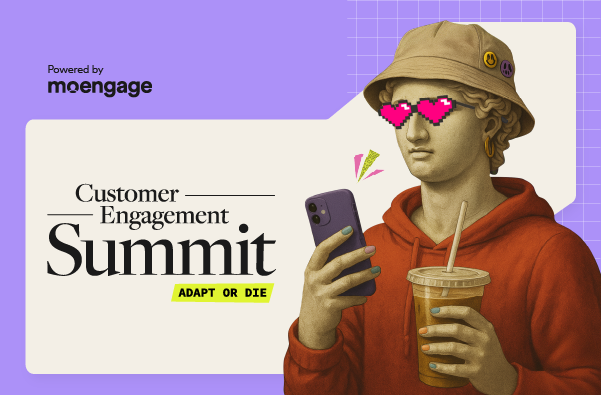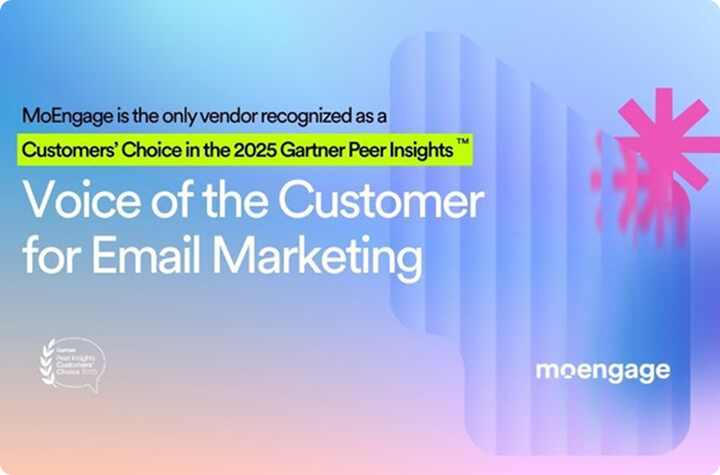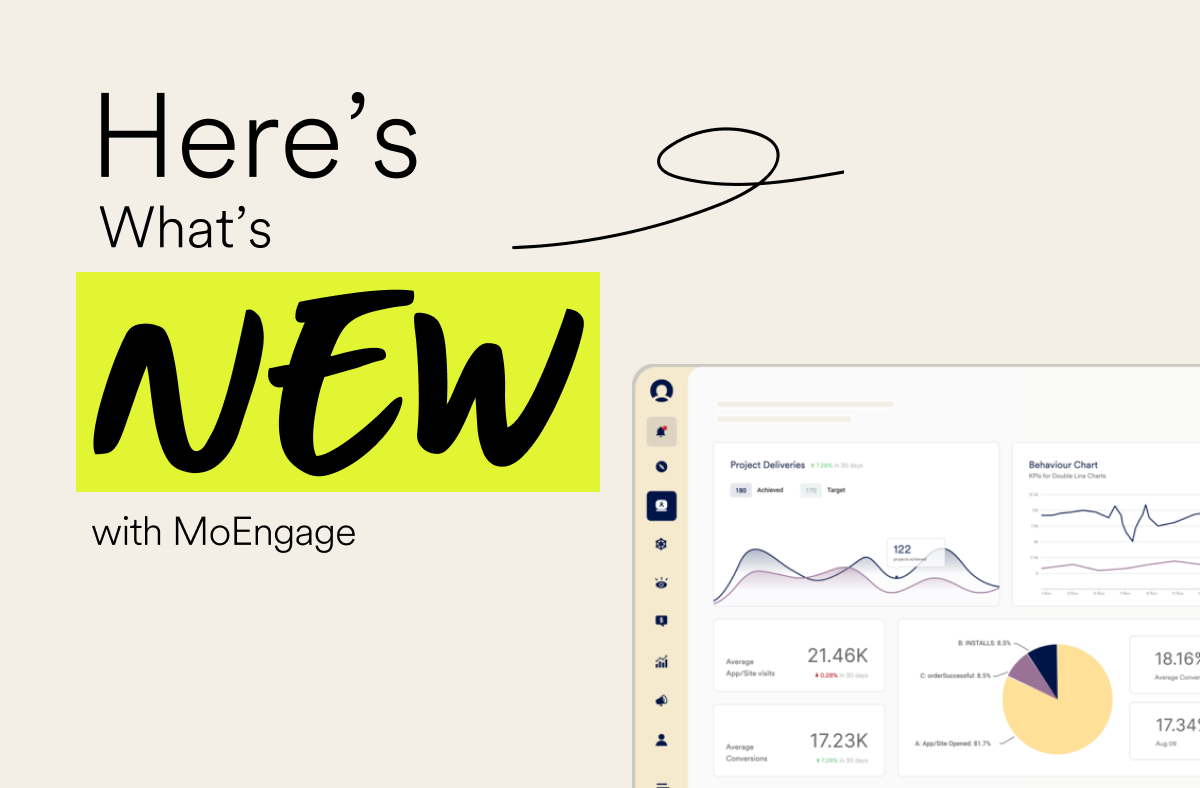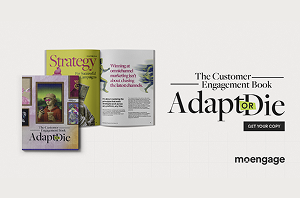9 App Personalization Tips for E-commerce Brands
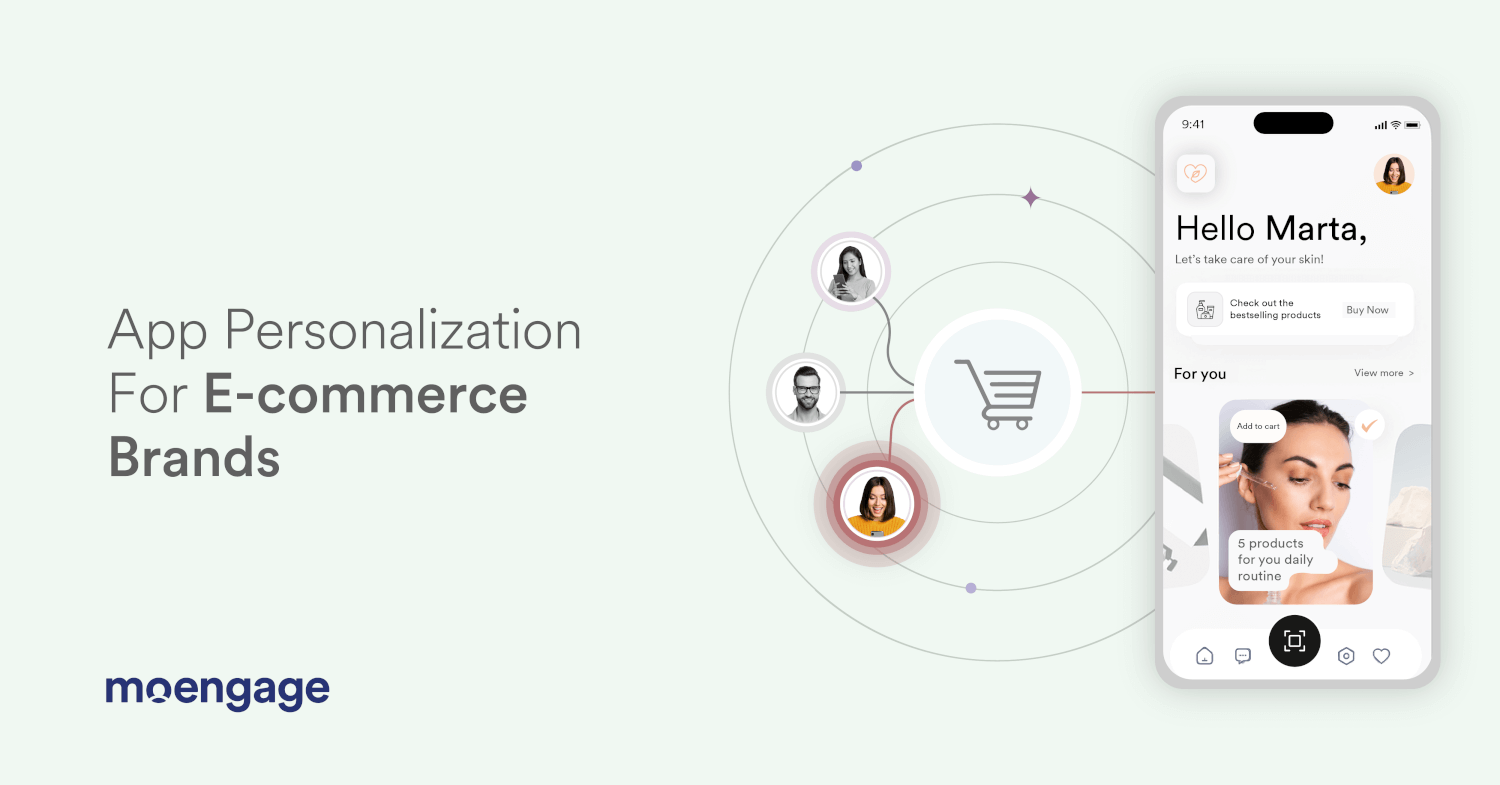
Reading Time: 4 minutes
In today’s crowded E-commerce landscape, brands that succeed are those that understand and meet customer’s unique expectations.
Every interaction counts, and your E-commerce app is the most critical one. To stay ahead, brands must continually improve their app experience, tailoring it to each audience segment.
However, personalizing your app goes beyond suggesting related products; it’s about creating a unique shopping experience for every customer, from the moment they open your app to making their final purchase.
9 Ways E-Commerce Brands Can Use App Personalization
Let’s take a closer look at the different ways you can leverage App Personalization for your E-commerce Application –
1. Location-based Recommendations
When browsing an E-commerce app in a warmer climate, you will likely see the retailer’s summer collection showcased in clothing suggestions. However, if you were to relocate to a colder area, your recommendations would adapt to reflect more winter-oriented attire. This is because E-commerce brands leverage location-based recommendations.
In addition, brands also tailor product availability, shipping options, and local offers to your location.
2. Discount Offers
E-commerce brands can easily analyze customer interactions, past purchases, cart history, and product preferences on their apps. Based on these insights, they should send customized offers, often enticing customers to buy their favorite products again or prevent abandoned shopping cart transactions.
Personalized discounts help with higher conversion rates, better customer engagement, and improved customer retention. Here’s an example of how Snitch provides exclusive deals to their customers based on their favorite products –
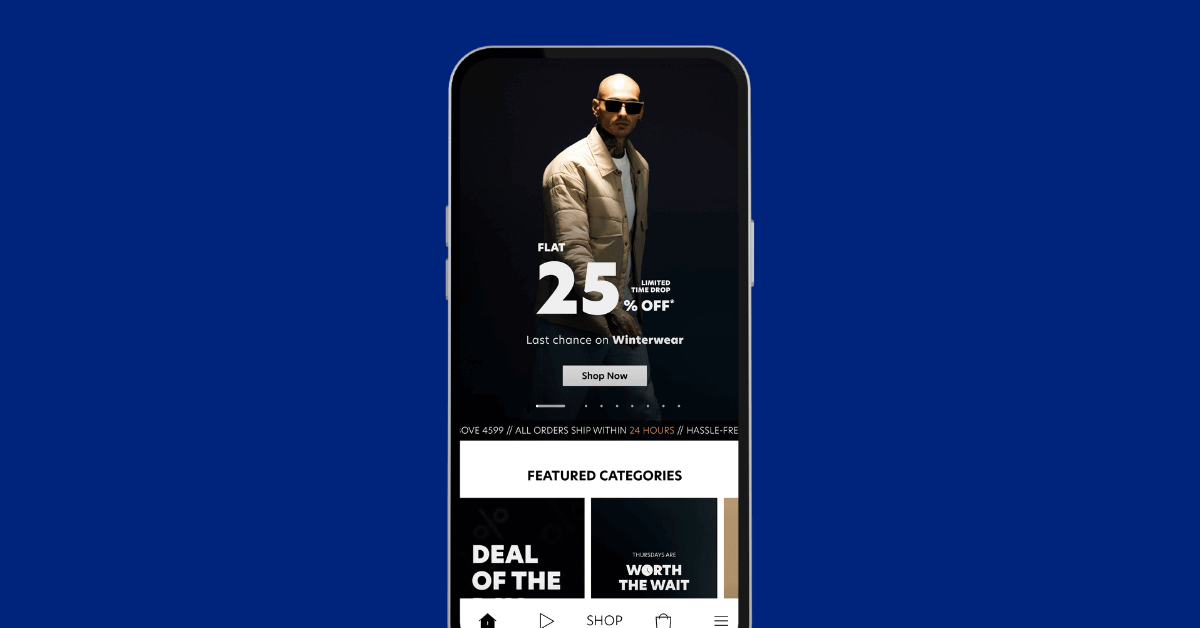
3. Product Recommendations
Most E-commerce apps have a “You Might Also Like” section. It shows personalized recommendations based on browsing history, past purchases, and preferences.
The recommended section of your app is often dynamic and tailored to suit each customer’s shopping experience. Whether it is the best shirt to pair with your latest jeans purchase, the new handbag from your favorite brand, or the recent new launches in your favorite product category, the biggest E-commerce brands know your buying patterns and show recommendations accordingly.
Amazon is an excellent example of this. They recommend products on every app page, and their recommendation grids are vast, too.
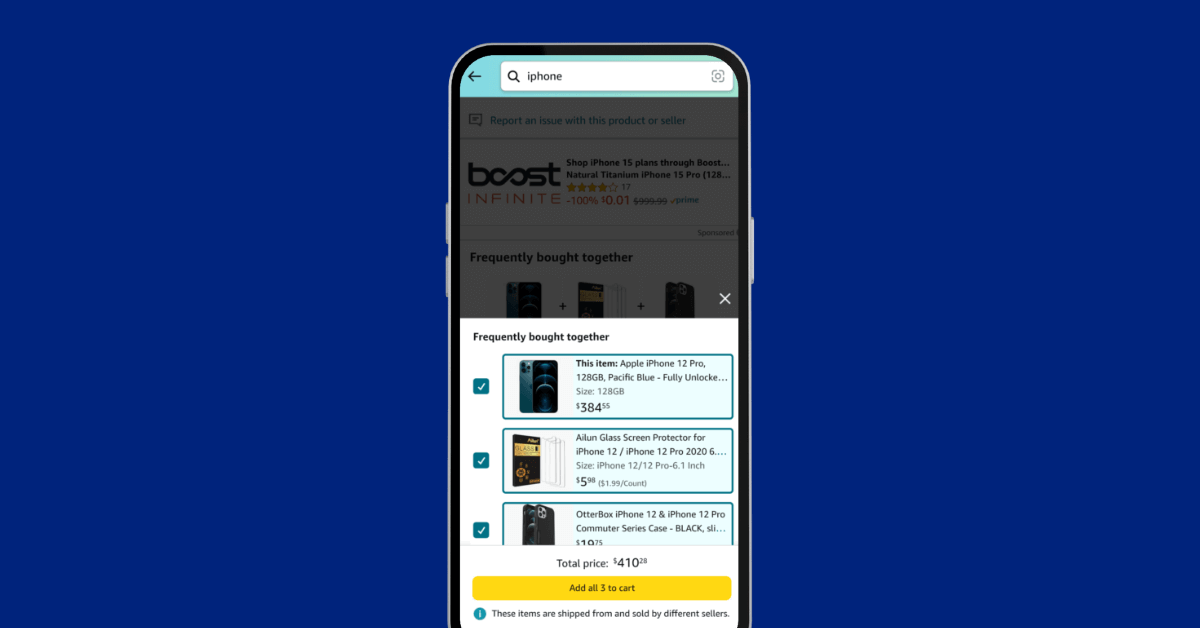
4. App Homescreen Personalization
If you return to your favorite E-commerce app, they will probably show you the items you last browsed or products from categories you buy the most from. Sometimes, they’ll also use it to show the items you might have left in your cart.
By showing relevant product suggestions, brands hope to increase conversions and engagement. Here’s a cart abandonment example from Myntra below –
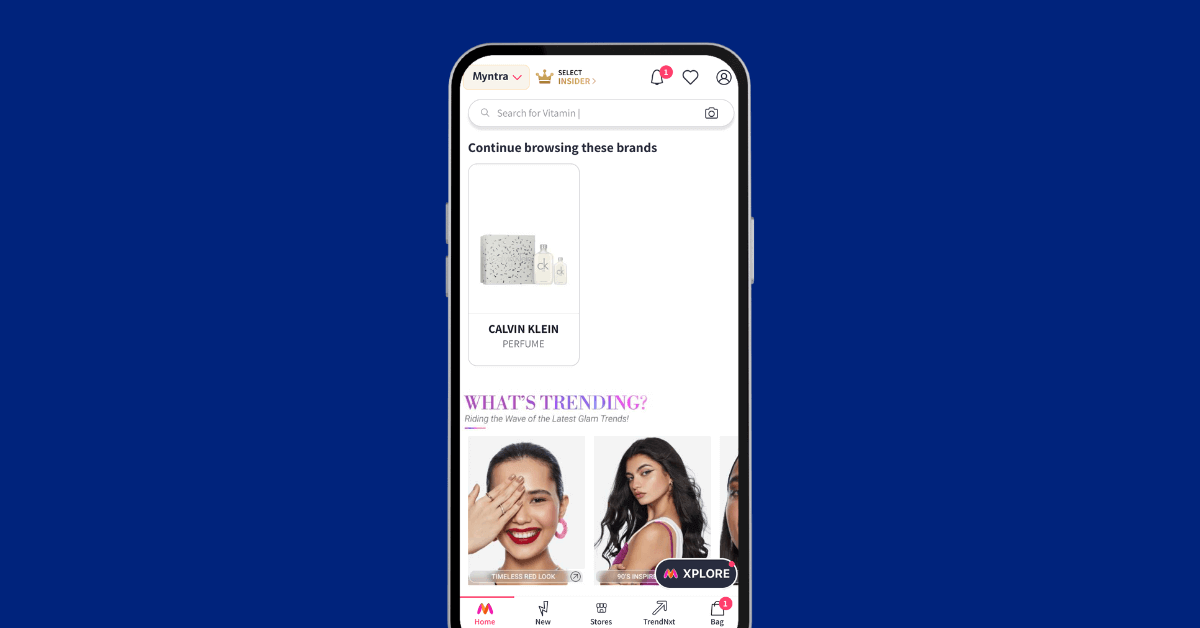
5. Personalized App Notifications
Personalized push notifications are the primary communication channels for E-commerce brands. Whether it’s to nudge customers to complete their transactions from the cart or to offer a discount on the products they were just browsing.
Brands usually personalize these notifications based on customer’s favorite brands and frequently purchased products. In addition, brands leverage it for new sales, trending products, or restocked items.
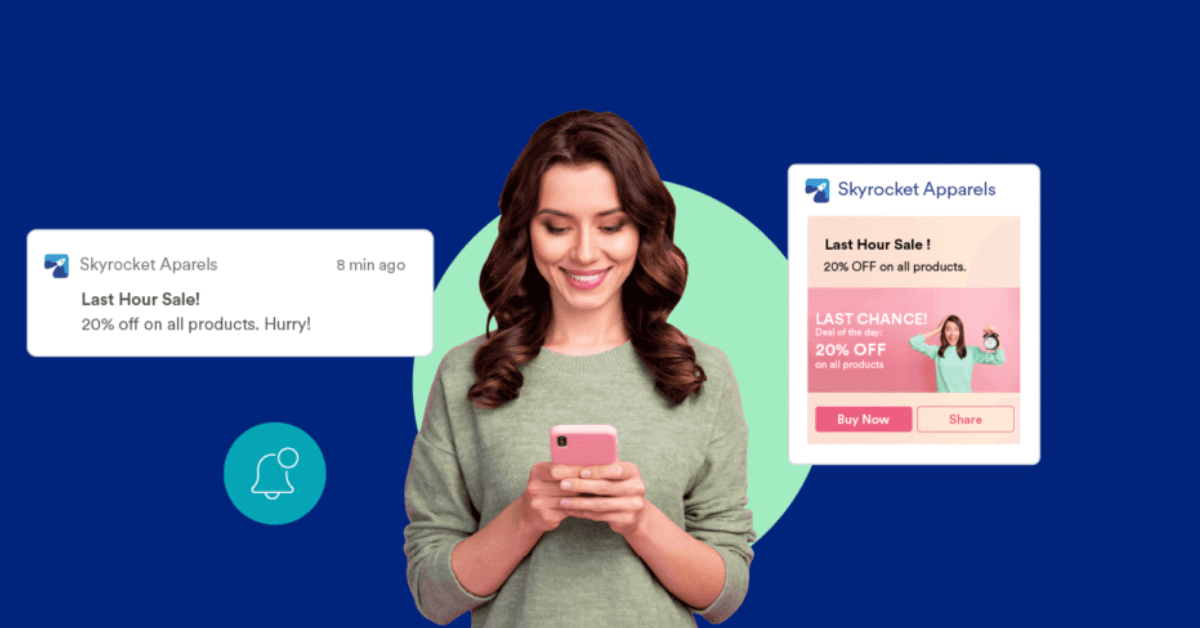
6. Custom Product Filters
Many E-commerce brands provide default filters based on customers’ past behavior and previous purchases. Whether it is the size of a shirt or your favorite brands, they apply personalized filters to product searches.
This allows customers to discover relevant products quickly and smoothens the customer experience further.
7. Personalized Checkout Experiences
From your preferred payment method to your shipping preferences to your default address, E-commerce apps nowadays provide a customized checkout experience to all their customers. E-commerce brands also prompt to save card details and wallet accounts to ensure a seamless checkout experience.
Tailored checkout experiences ensure customer delight, resulting in fewer drop-outs and additional revenue.
8. Personalized Loyalty Programs
Many E-commerce brands run loyalty programs for their customers where they provide personalized discounts or exclusive access to their sales. Many brands even trial their new products on their apps with their loyal customers.
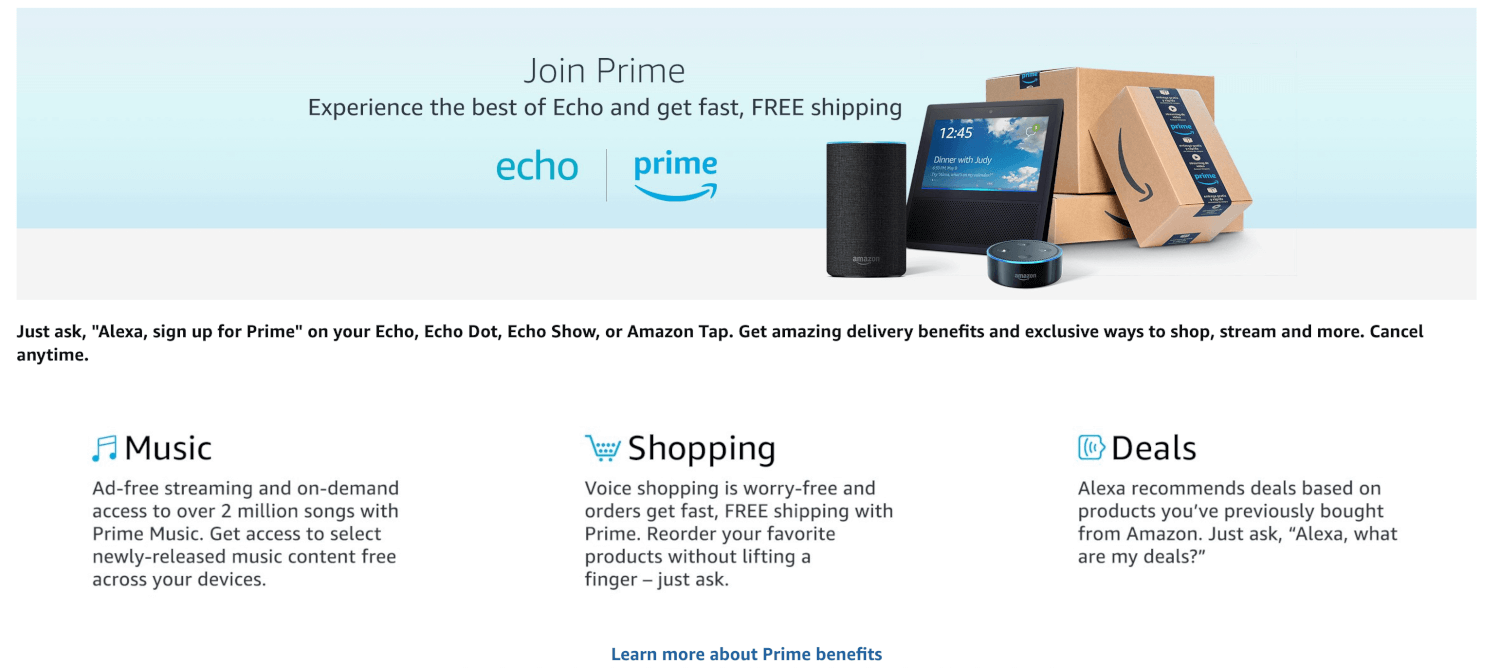
Few even distinguish their members on different ‘tiers’ based on their purchase history, frequency, and purchase values.
9. Interactive product quizzes
Many fashion apps ask customers about their style preferences, body type, and favorite colors to suggest personalized outfits. These interactive quizzes guide customers toward products that suit their style, size, or specific needs.
These insights allow E-commerce companies to show customers the most relevant products, making the shopping experience seamless while increasing sales.
Here’s an example from Bombas: they’re trying to determine customers’ preferences for socks to provide a curated shopping experience.
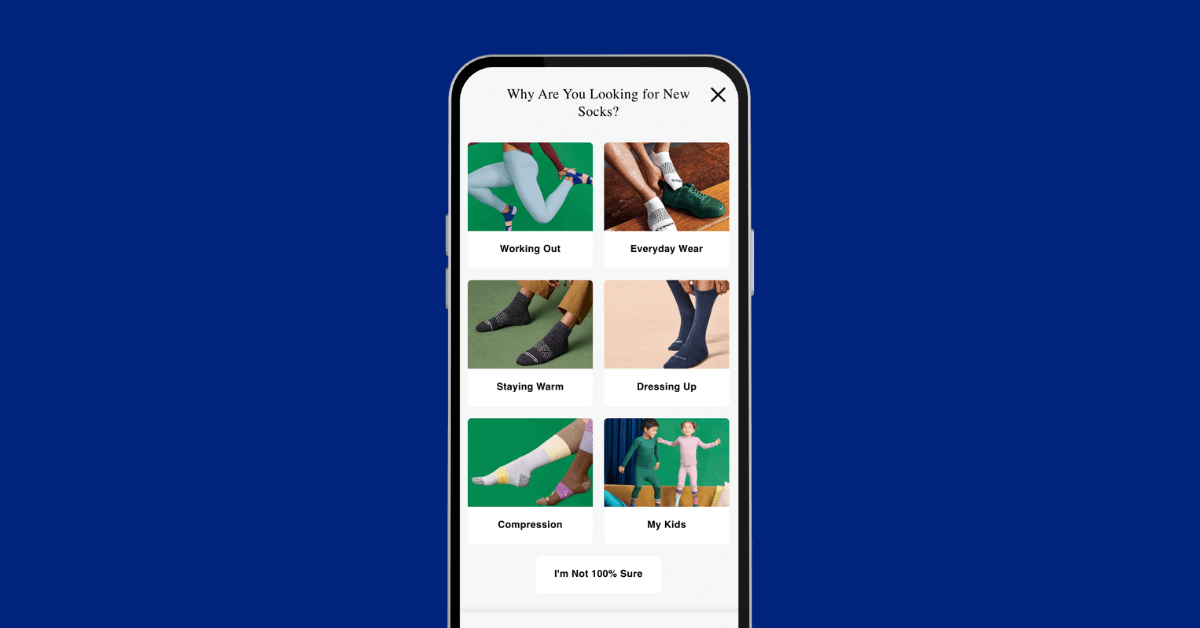
What’s Next?
The E-commerce industry has grown remarkably in the past decade, and personalized shopping experiences have been a driving force behind it. Personalization plays a critical role in conversions, loyalty, and customer retention.
And, since a substantial portion of E-commerce transactions occur on apps, the role of App Personalization becomes even more pronounced. It empowers brands to deliver customized, meaningful, and timely interactions that foster a deeper connection with their customers.
| Below are related App Personalization resources you’d love to read –
E-commerce Product Recommendation Engine – A Beginner’s Guide 10 Mobile App Personalization Examples from Leading B2C Brands |

